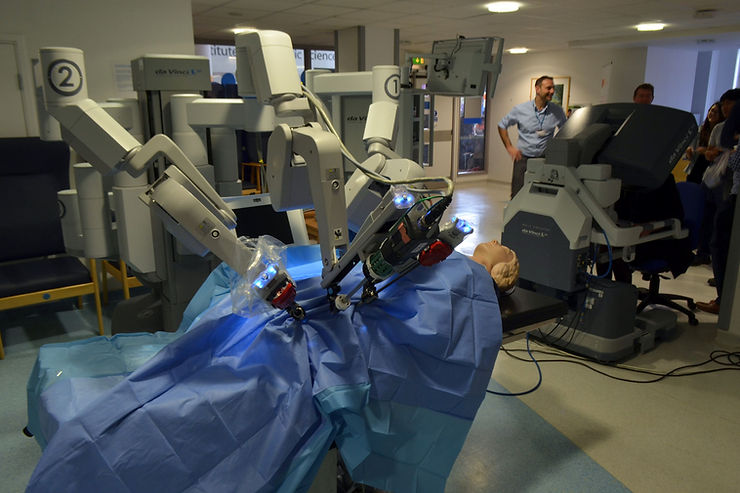By: Nina Gupta
Technology has taken over the world; almost everyone owns an electronic device, whether it’s a phone, PC, or tablet. Engineering has also had an enormous impact on the medical field.
Prosthetics, automatic wheelchairs, and other similar devices have helped injured and disabled people all over the world for many years. Recently, robotic textiles have become a hot topic that aims to use high-tech clothing to improve everyday life and keep our bodies healthy.
Smart clothing has already been utilized by designer brands such as Under Armour, Levi’s, Tommy Hilfiger, and Ralph Lauren, who have partnered with tech companies like Samsung and Google. Even smaller companies, like Sensoria, Loomia, Komodo Technologies, and Hexoskin are experimenting with this fusion of fashion and technology.
Robotic clothes are becoming more and more widespread on clothing markets. For example, Samsung developed a smart business suit, which can “exchange digital business cards, unlock phones, and interact with other devices.” There are also smart socks, sleepwear, activewear, and casual wear, all programmed to assist the wearer.
Google is one of the first tech giants partnering with various clothing brands to producing smart clothing. Their products connect to phones and allow you to switch songs with actions like swiping sleeves. Wearablex, a start-up company, also developed yoga pants which aim to improve your posture by emitting vibrations.
Not to be outshone by the tech companies, many research institutions are also venturing into this field. MIT has invented programmable threads and fiber batteries that can be woven into clothing. They can be used to control and power smart clothing. They have also “created fibers with hundreds of silicone microchips to transmit digital signals — essential if clothes are to automatically track things like heart rate or foot swelling.” A team of researchers in Australia also created a robotic textile that are designed to “make fabric move automatically”.
At the University of New South Wales, in Australia, Nho Do, who is a lecturer at the school, and his team are working on creating shape-shifting fabrics. They use small silicon tubes, which are roughly the same size as yarn, and weave it into fabrics. According to The Washington Post, “These tubes, triggered by electronic or thermal stimulation, can make fabric take various preprogrammed shapes.”
Do’s team noted that they still had to find a way to decrease the tubes’ size so that it can be woven into finer fabrics. They’re aiming for the tubes to have a 0.1mm diameter, verses the 0.5mm one they currently have.
The future that this industry could hold is limitless.Before long, scientists may develop military uniform that automatically transmits data and information, or even apparel that helps the elderly walk!
Link to Article:











